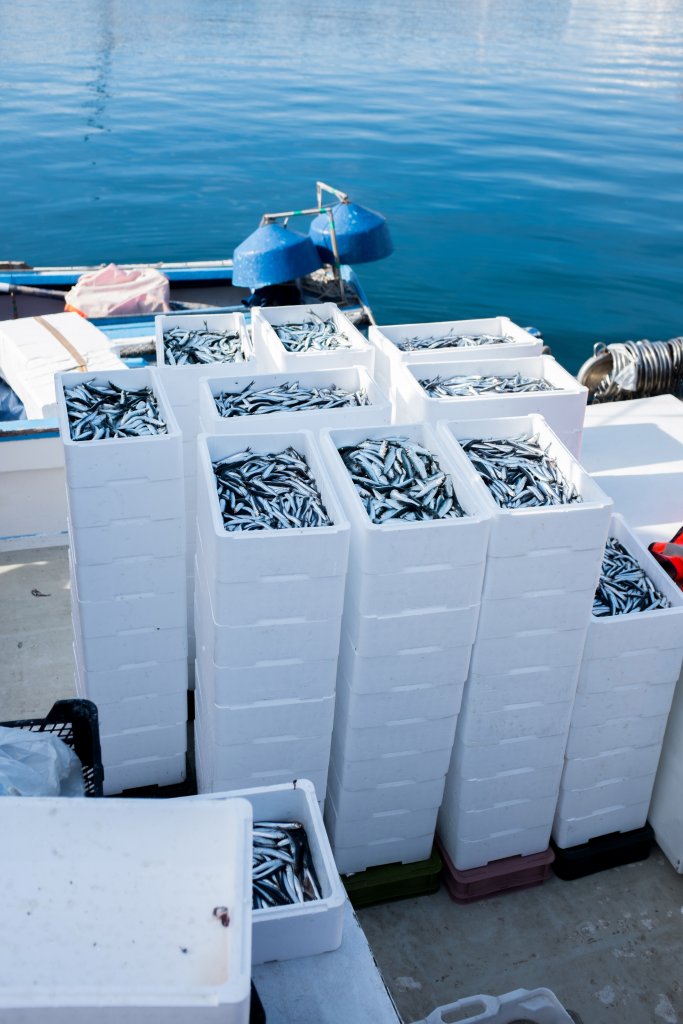In contrast to traditional fisheries management, Ecosystem Based Fisheries Management (EBFM) takes a wider view, recognising how commercially targeted stocks exist as part of a broader ecosystem. An important aspect of EBFM, therefore, is to understand how the productivity of target species is connected to the surrounding environment, and, in turn, how changes in the marine environment have knock-on effects on the sustainability of commercial fisheries.
Within our Ecological Effects on Fisheries work theme, SEAwise sought to flesh out this understanding, by identifying how environmental dimensions (including climate) affect the productivity of commercially-significant species – in terms of their reproduction and recruitment, growth, maturity, and natural mortality. This report reflects a synthesis of the theme’s work, consolidating it for operationalisation through SEAwise’s online EBFM Tool and Toolbox.

SEAwise Research
Steered by literature and previous knowledge, SEAwise researchers investigated the impact of environmental factors on the productivity of 55 stocks, of commercial significance within the SEAwise Case Study regions, using statistical modelling – to, first, generate knowledge on species’ productivity processes (recruitment, growth, etc.), and secondarily, to project how the productivity of stocks may change under different environmental conditions.
Across the theme, the impacts of a broad set of environmental dimensions, or ‘drivers’, were explored, including:
Through this work, we found new relationships that describe the effect of environmental drivers on reproduction, growth, or maturity for a total of 46 stocks. For 22 of these stocks, we have integrated this understanding, of how environmental drivers impact productivity processes, into the suite of models used within SEAwise’s theme on Management Strategy Evaluation. This new understanding has been crucial to developing our understanding of how changes in management and climate impact both people and the sea.
Regarding climate, specifically, we found that overall, the productivity of stocks tends to decline under climate change. This trend, however, was stock-specific, with the varying biology of different species and spatial distribution determining their unique tolerance to changing environmental conditions. For 10 stocks (including North and Celtic Sea cod, Bay of Biscay anchovy, and North Sea herring), projections showed a decrease in biomass and catch under climate change, when compared to a ‘no climate change’ scenario. However, for 5 stocks (such as North Sea whiting and Mediterranean shrimp stocks), projections evidenced an increase in biomass and catch under climate change, and for a further 4 stocks, this relationship was unclear.
This knowledge will be fed into the in-development EBFM Tool and Toolbox being developed by SEAwise, which, following thorough review by various stakeholder groups, will support the operationalisation of EBFM in European seas. These results will also be used within ongoing work to synthesise findings relating to multiple stocks of the same species across the case study regions – to further improve the picture we have on how change affects commercially important fish species.
Read the report here.
Stay up to date with SEAwise news and research, hear about upcoming events, and receive updates on fisheries news from across the European seascape.